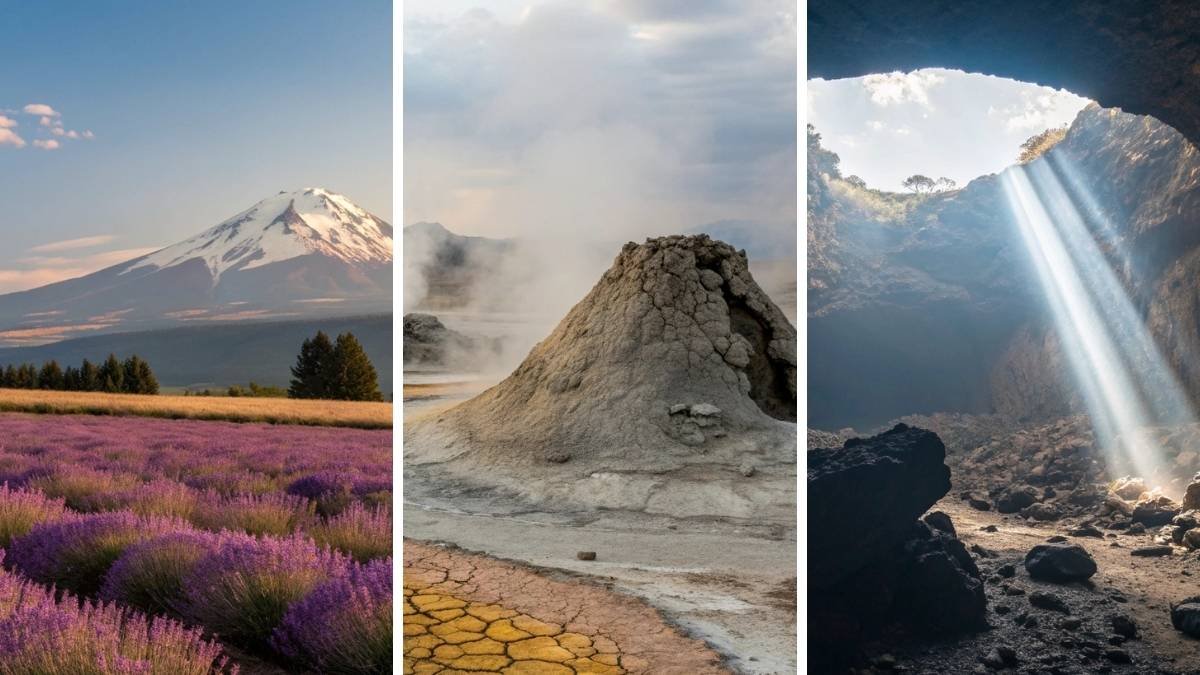
Beneath California’s glossy postcard highlights lies a side of the state most travelers never stumble across. These are the places tucked behind winding roads, hidden beneath cliffs, or waiting quietly in the desert—spots that don’t shout for attention but reward anyone curious enough to seek them out.
They’re the kind of discoveries that stay with you long after the trip is over: a strange formation that makes you pause, a beach that glows in unexpected colors, a canyon that feels alive with its own rhythm. If you’re craving California without the crowds, these secret escapes are where the magic lives.
1. Glass Beach, Fort Bragg
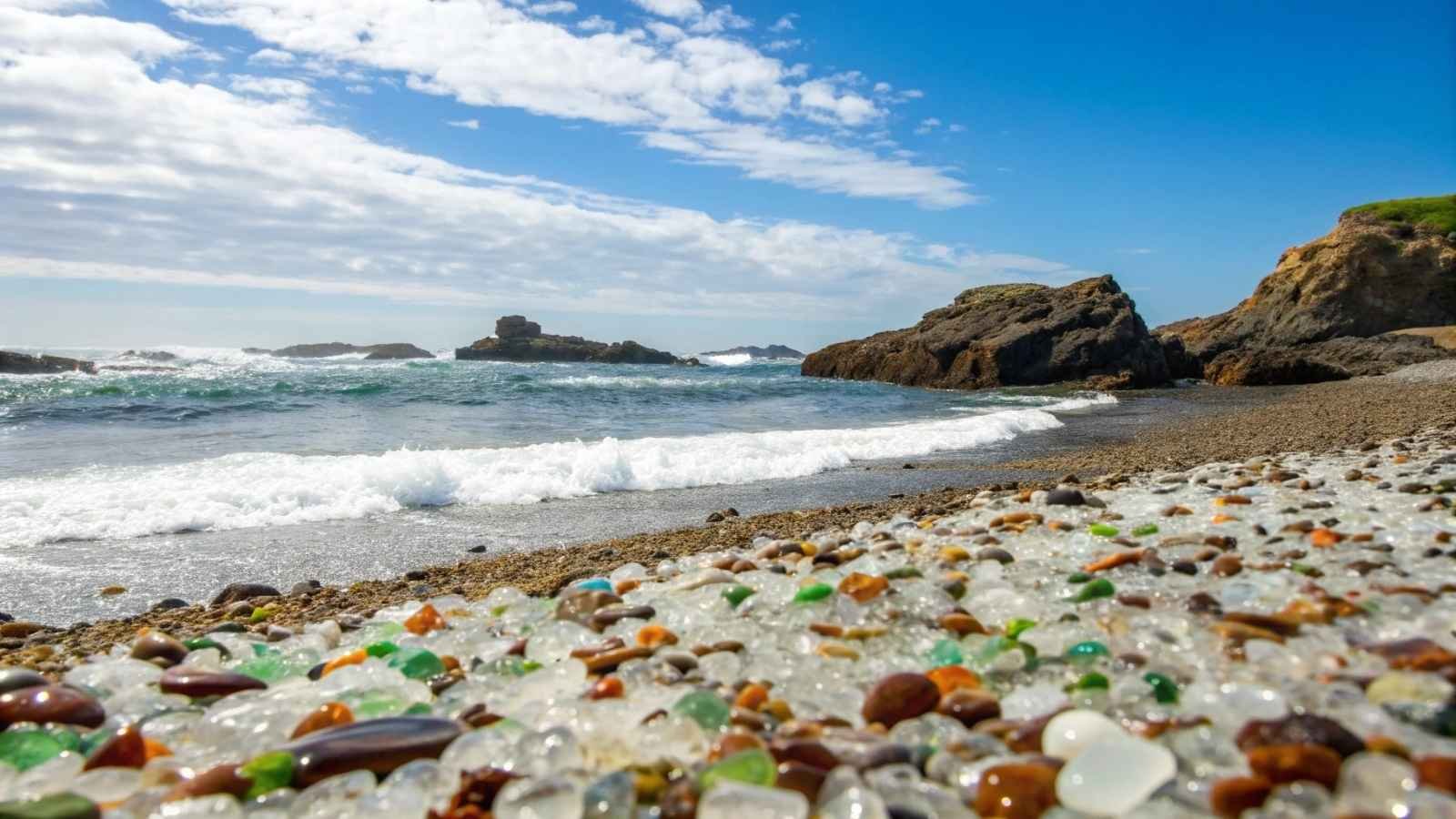
Walking along Glass Beach feels like stepping into a kaleidoscope. The shoreline is covered in thousands of smooth, colorful glass pebbles that sparkle under the sunlight. What makes this place so fascinating is its backstory—decades ago, locals dumped garbage into the ocean, and nature turned that human mistake into something surprisingly beautiful. The waves tumbled the broken glass for years until it became soft, polished gems that carpet the sand today.
Beyond its striking beauty, Glass Beach is also a reminder of how nature reclaims and transforms. It’s not just a beach stroll—it’s like flipping through the pages of a living history book, written in glass. Wander along the shore and you’ll spot greens, blues, ambers, and the rare ruby reds mixed in. It’s the kind of place that keeps you pausing every few steps because there’s always a new patch of color catching your eye.
And while it’s stunning, it’s also fragile. Collecting glass is technically prohibited, and keeping it pristine is part of the experience. So the joy comes from slowing down, soaking up the sea air, and appreciating the unexpected beauty of a once-forgotten corner of California’s coast.
- Best Months to Visit: April–October (warmer, clearer skies)
- Nearest Town: Fort Bragg
- Activities: Beachcombing, coastal hiking, tide pooling
- Good to Know: Collecting glass is not allowed
- Travel Tip: Pair a visit with the nearby Mendocino Coast Botanical Gardens
2. Bowling Ball Beach, Mendocino County
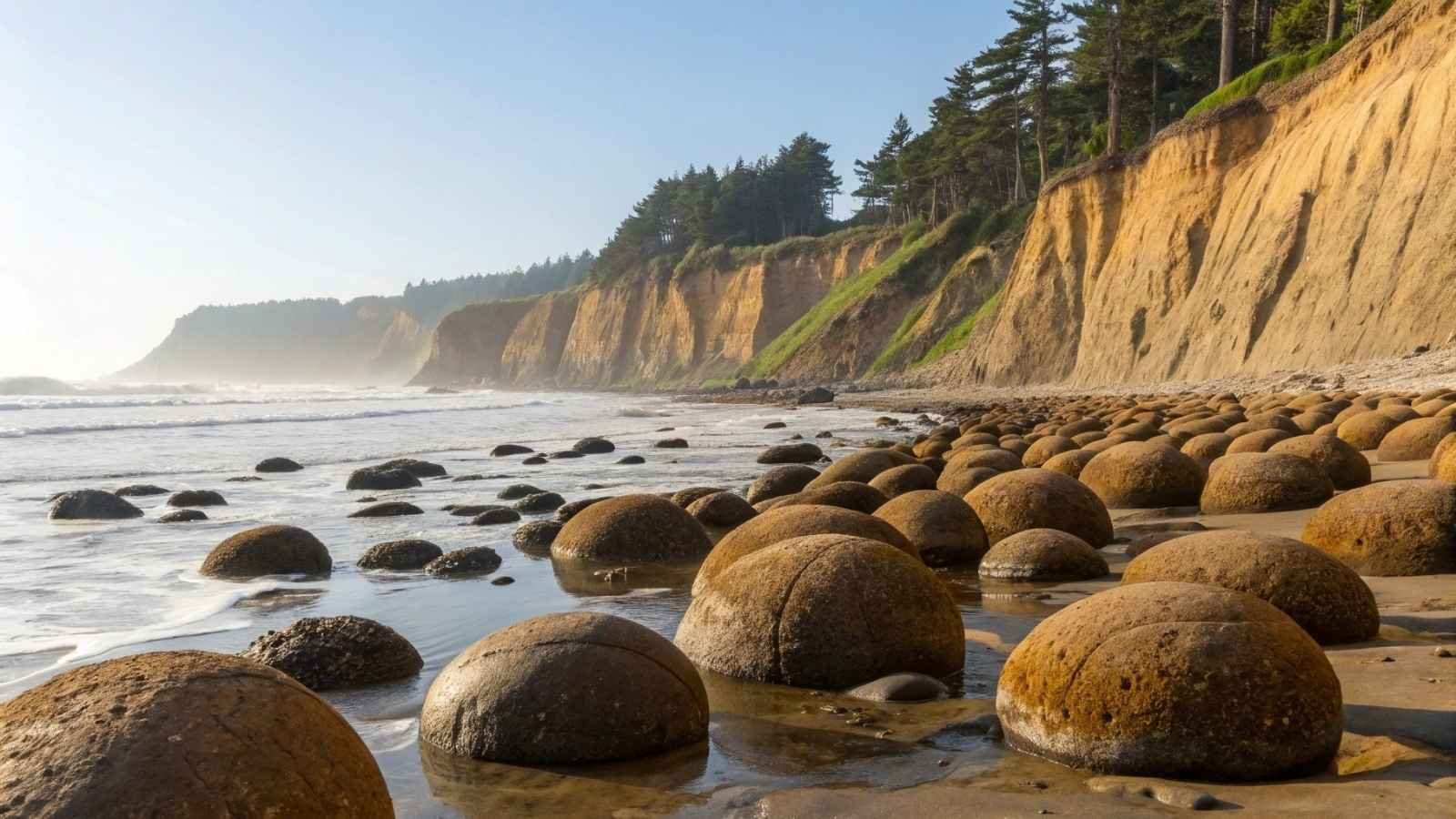
Bowling Ball Beach looks like nature’s own game of marbles. When the tide is low, you’ll see perfectly round boulders lined up along the shoreline, as if some giant dropped them here for fun. These “bowling balls” are sandstone concretions, formed over millions of years, and they’re laid out in almost eerie patterns that make the beach look otherworldly.
The best part? The timing makes it feel like a true secret. At high tide, the rocks are swallowed by the ocean, but when the water pulls back, the entire shore transforms. Something is exciting about planning your visit around the tide charts and waiting for that big reveal. It feels like a hidden show that nature only puts on a couple of times a day.
While it’s not a beach for swimming, it’s a beach for slowing down and marveling at geology’s patience. It’s also quieter than most spots in Mendocino, which adds to its secret charm. Whether you’re snapping photos or just standing in silence, it’s one of those rare places where you truly feel the strangeness and beauty of California’s coast.
- Best Months to Visit: Late spring through fall for clearer weather
- Nearest Town: Point Arena, about 15 minutes away
- Activities: Tide watching, photography, beach walk
- Good to Know: Best viewed at low tide—check tide charts in advance
- Travel Tip: Wear sturdy shoes, as the path down can be steep and rocky
3. Point Lobos State Natural Reserve, Carmel-by-the-Sea
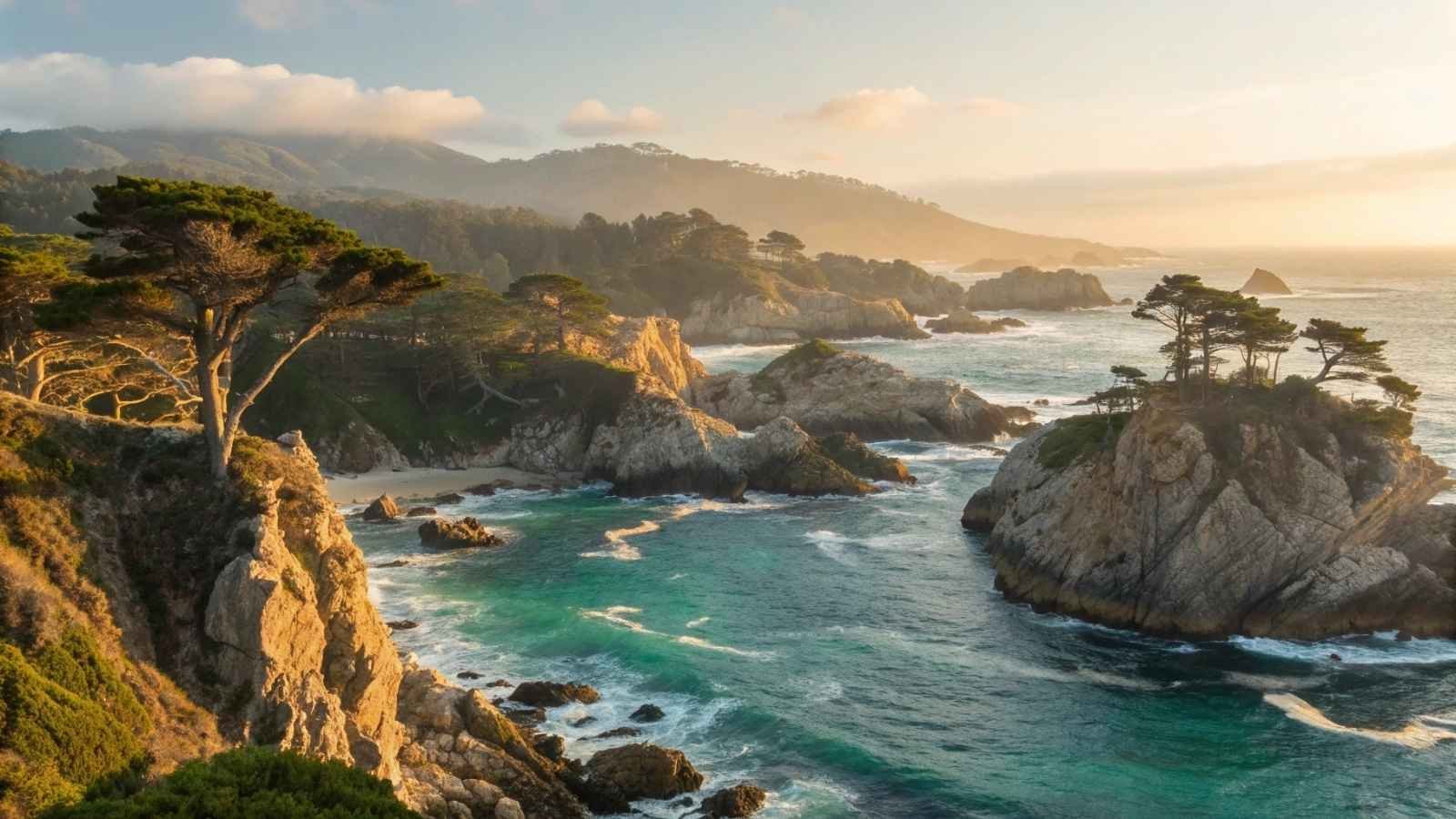
Point Lobos has often been called the “crown jewel” of California’s state parks, but it somehow remains a bit under the radar compared to nearby Big Sur. This coastal reserve blends rugged cliffs, turquoise waters, and hidden coves into one breathtaking package. On a sunny day, the ocean glimmers, and you might spot sea otters bobbing around or whales spouting in the distance.
What sets Point Lobos apart is how accessible the beauty is. Trails wind through cypress groves and lead to quiet overlooks, so you don’t need to be a hardcore hiker to enjoy it. The reserve is small enough to explore in a day, but every turn reveals a new scene—a hidden beach here, a rocky bluff there, sea lions barking on the rocks below.
It also has an intimacy that larger parks can’t always deliver. Stand at the edge of a bluff with the sea wind rushing by, and it feels like California distilled into one perfect spot: wild, beautiful, and endlessly refreshing.
- Best Months to Visit: Year-round, though spring and fall bring the clearest skies
- Nearest Town: Carmel-by-the-Sea (minutes away)
- Activities: Hiking, wildlife watching, scuba diving (with a permit)
- Good to Know: Parking is limited; arrive early on weekends
- Travel Tip: The Cypress Grove Trail is a must-do, offering sweeping ocean views
4. Anza-Borrego Desert Slot Canyons
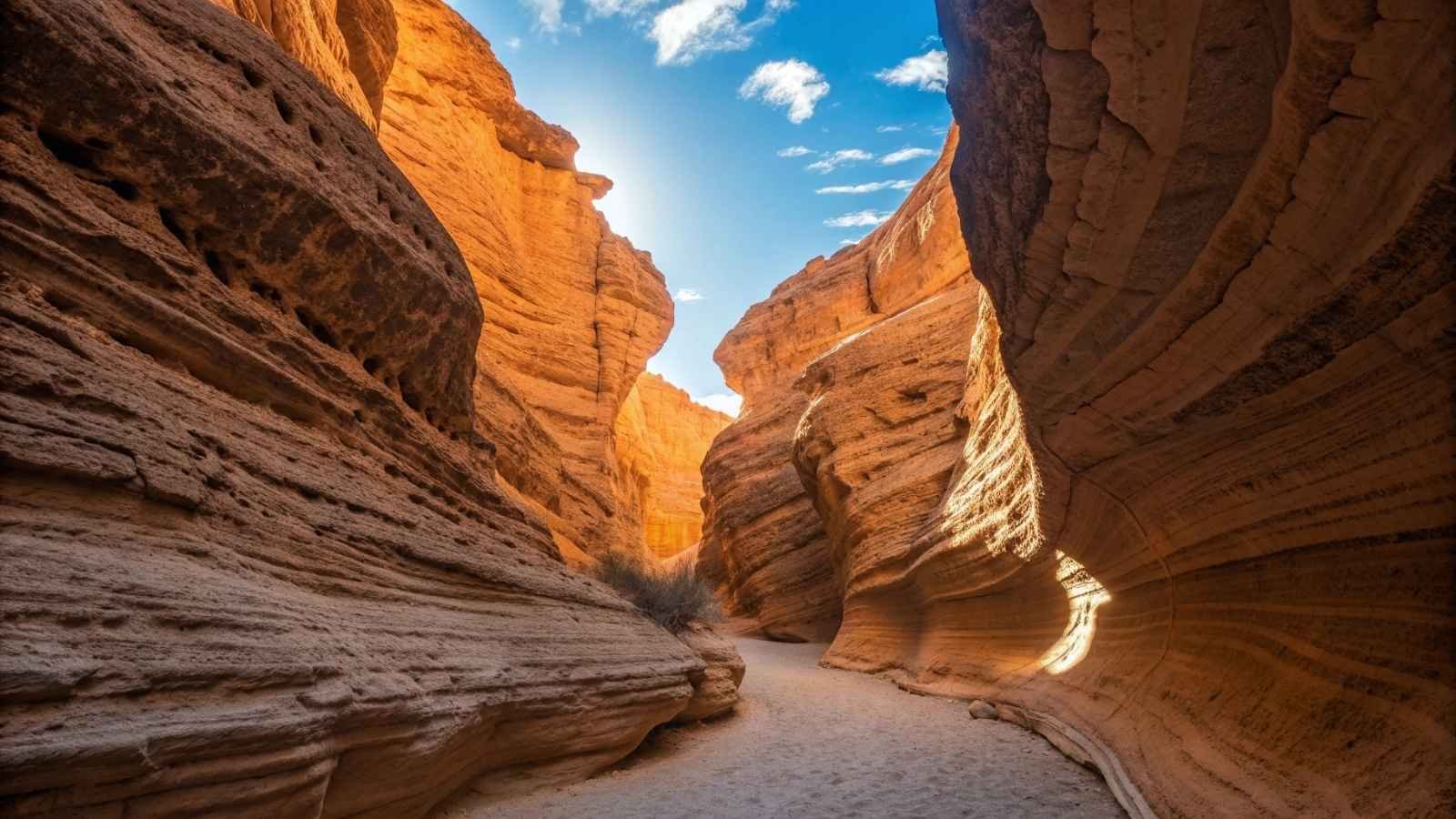
If you’re craving something completely different from California’s beaches and forests, head to the slot canyons in Anza-Borrego Desert State Park. These narrow, winding passages are carved by flash floods, leaving behind walls of sandstone that twist and turn like a maze. Walking through them, you’ll squeeze between towering walls, sometimes so narrow your shoulders nearly brush both sides.
The experience is both thrilling and humbling. The desert silence is so deep you can hear your own footsteps echo, and every corner opens up to new shapes sculpted by wind and water. It’s easy to feel like you’re wandering through a natural labyrinth, and the play of sunlight and shadows across the sandstone walls is mesmerizing.
Because it’s off the beaten path, you’ll often have sections of the canyon to yourself. That solitude makes it feel like your own personal discovery, which is rare in a state as busy as California. Just be sure to plan carefully—this is desert country, so water, shade, and timing are everything.
- Best Months to Visit: November–March (cooler temperatures)
- Nearest Town: Borrego Springs
- Activities: Hiking, photography, desert stargazing
- Good to Know: Avoid during summer—temperatures can soar dangerously high
- Travel Tip: Always check weather forecasts; flash floods can be a real danger
5. McWay Falls, Big Sur
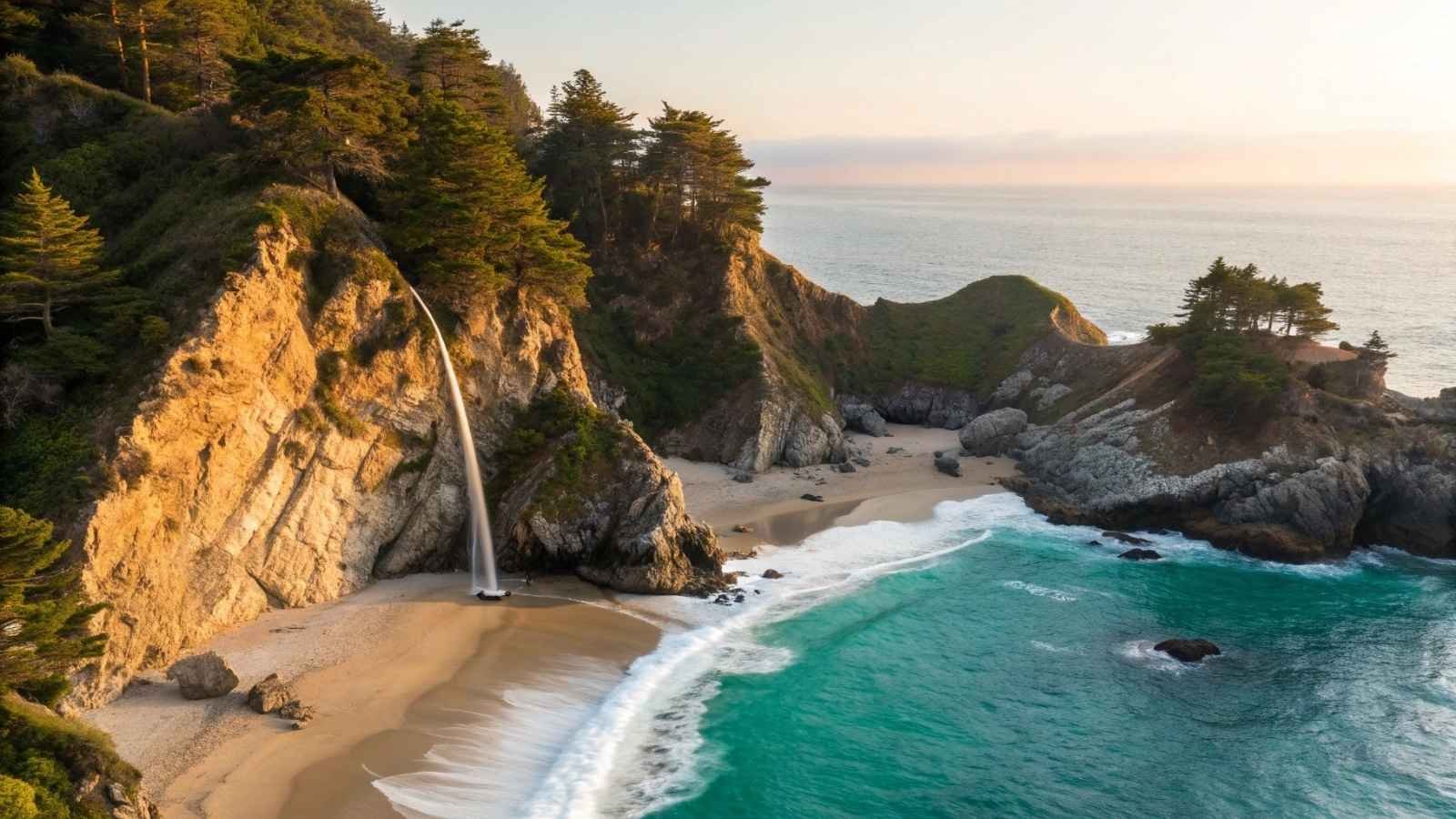
McWay Falls is the kind of place that feels almost unreal when you first see it. An 80-foot waterfall cascades directly onto the beach from a granite cliff, with the Pacific Ocean rolling in behind it. It’s one of only a few tidefalls in the world—where a waterfall meets the ocean—and that rarity alone makes it unforgettable.
The view is especially striking because of how tucked-away it feels. You can’t climb down to the beach itself, which preserves its untouched beauty, but the overlook trail gives you a perfect vantage point. Standing there, with the waterfall on one side and the wild expanse of Big Sur stretching beyond, you get that spine-tingling sense of California at its most dramatic.
It’s also a spot that rewards a slower pace. The best moments aren’t just snapping a quick photo—it’s staying for a while, listening to the crash of waves, and watching how the light shifts across the water. McWay Falls captures everything people love about Big Sur: untamed, romantic, and unforgettable.
- Best Months to Visit: Year-round; spring for wildflowers, fall for fewer crowds
- Nearest Town: Big Sur, along Highway 1
- Activities: Scenic hiking, photography, coastal drives
- Good to Know: The beach is off-limits to preserve the area
- Travel Tip: Go early in the morning or at sunset for the most magical light
6. Mono Lake, Eastern Sierra
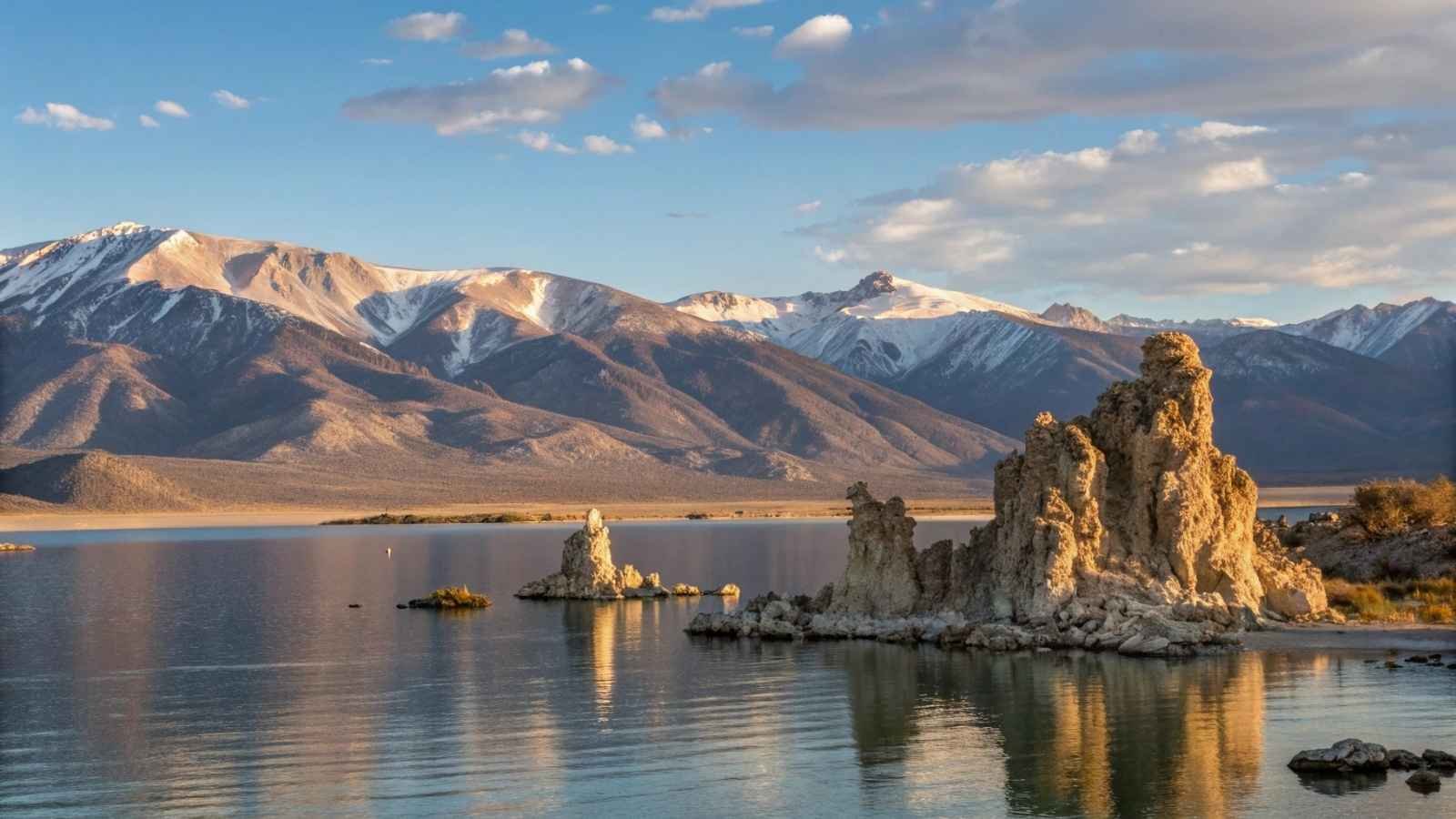
Mono Lake is one of California’s oldest natural wonders—formed at least 760,000 years ago—and it looks like something from another planet. Its strange limestone formations, called tufas, rise from the water like ancient spires. These formations were created when freshwater springs bubbled up through the lake’s salty waters, depositing calcium that eventually built into towers.
What makes it even more intriguing is the surreal mix of life here. Despite being nearly three times saltier than the ocean, Mono Lake teems with brine shrimp and attracts thousands of migratory birds each year. Walking along the shore, you’ll spot huge flocks swooping down, turning the lake into a moving spectacle of wings and ripples.
The atmosphere is haunting yet peaceful. The surrounding Sierra Nevada peaks frame the lake, and when the sun sets, the tufas glow in soft pink and gold. Standing on the shore at twilight, you get a sense of being in a place that’s both ancient and alive—California at its most mysterious.
- Best Months to Visit: May–October (before winter snows block access)
- Nearest Town: Lee Vining
- Activities: Birdwatching, photography, kayaking, guided tufa tours
- Good to Know: Swimming is possible—the salty water makes you float easily
- Travel Tip: Sunrise and sunset are the most striking times for photography
7. Pfeiffer Beach, Big Sur (Purple Sand Beach)
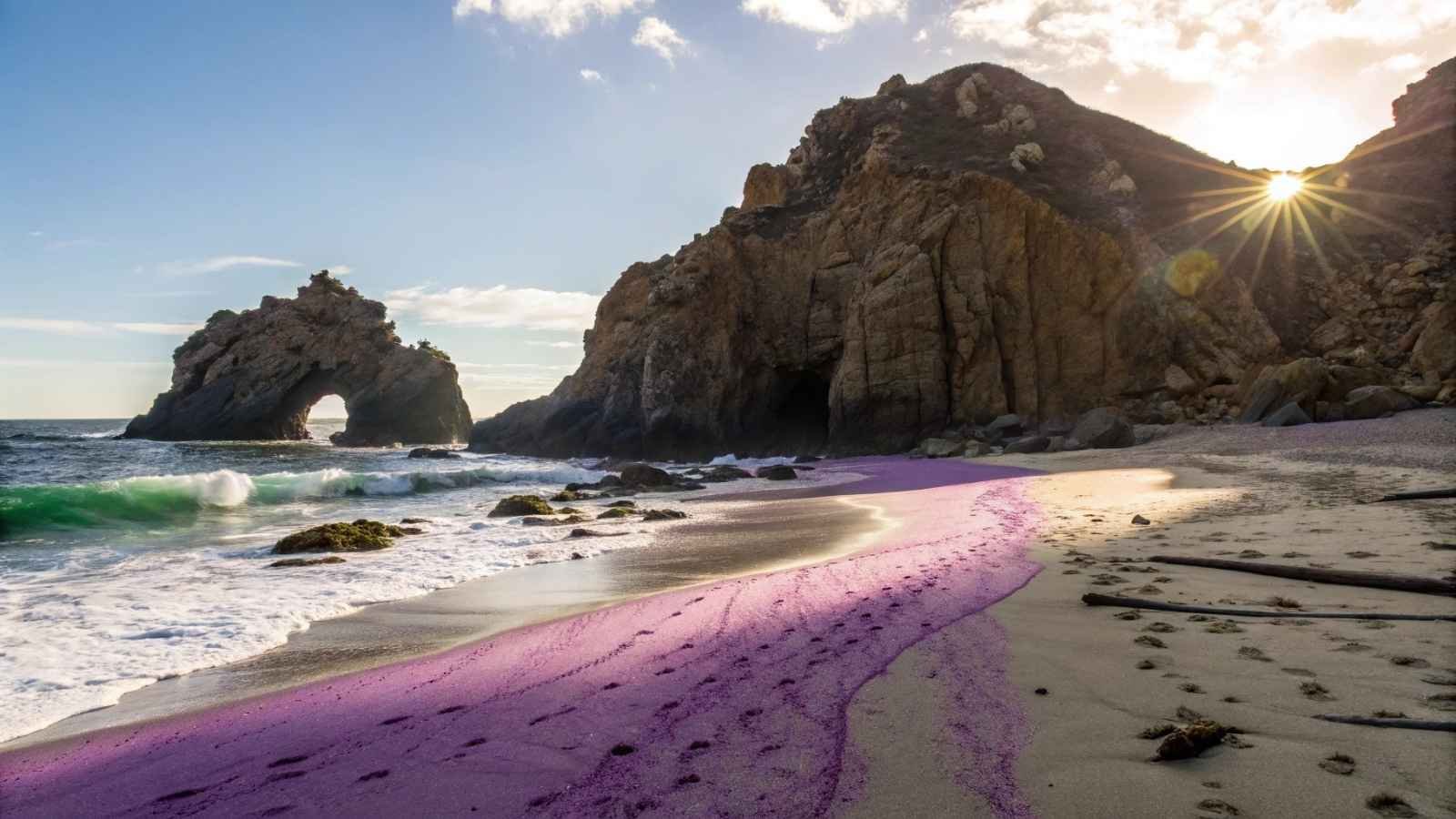
Hidden away off a narrow, unmarked road in Big Sur, Pfeiffer Beach is one of California’s best-kept coastal secrets. What makes it magical is its rare purple sand, created by manganese garnet washing down from the surrounding cliffs. Depending on the light and tide, the beach can look streaked with violet, lavender, and deep magenta—unlike anywhere else in the state.
Adding to the drama are the massive rock formations, especially the iconic Keyhole Arch. When the sun is low on the horizon, light streams directly through the arch, creating a golden glow that feels almost like a private show. It’s the kind of natural scene that leaves you standing still, watching until the last light fades.
Unlike other Big Sur stops, Pfeiffer Beach often slips under the radar, partly because of its tricky entrance. But that’s exactly what makes it special. It’s a place where you can sprawl out on the sand, breathe in the salt air, and let the strangeness of purple sand and sculpted rocks work their quiet magic.
- Best Months to Visit: September–November for fewer crowds and clear skies
- Nearest Town: Big Sur Village
- Activities: Beach walks, sunset photography, tidepooling
- Good to Know: No signs mark the entrance; you need to follow Sycamore Canyon Road
- Travel Tip: Bring cash—there’s a small parking fee at the beach entrance
8. Lava Tube Caves, Mojave National Preserve
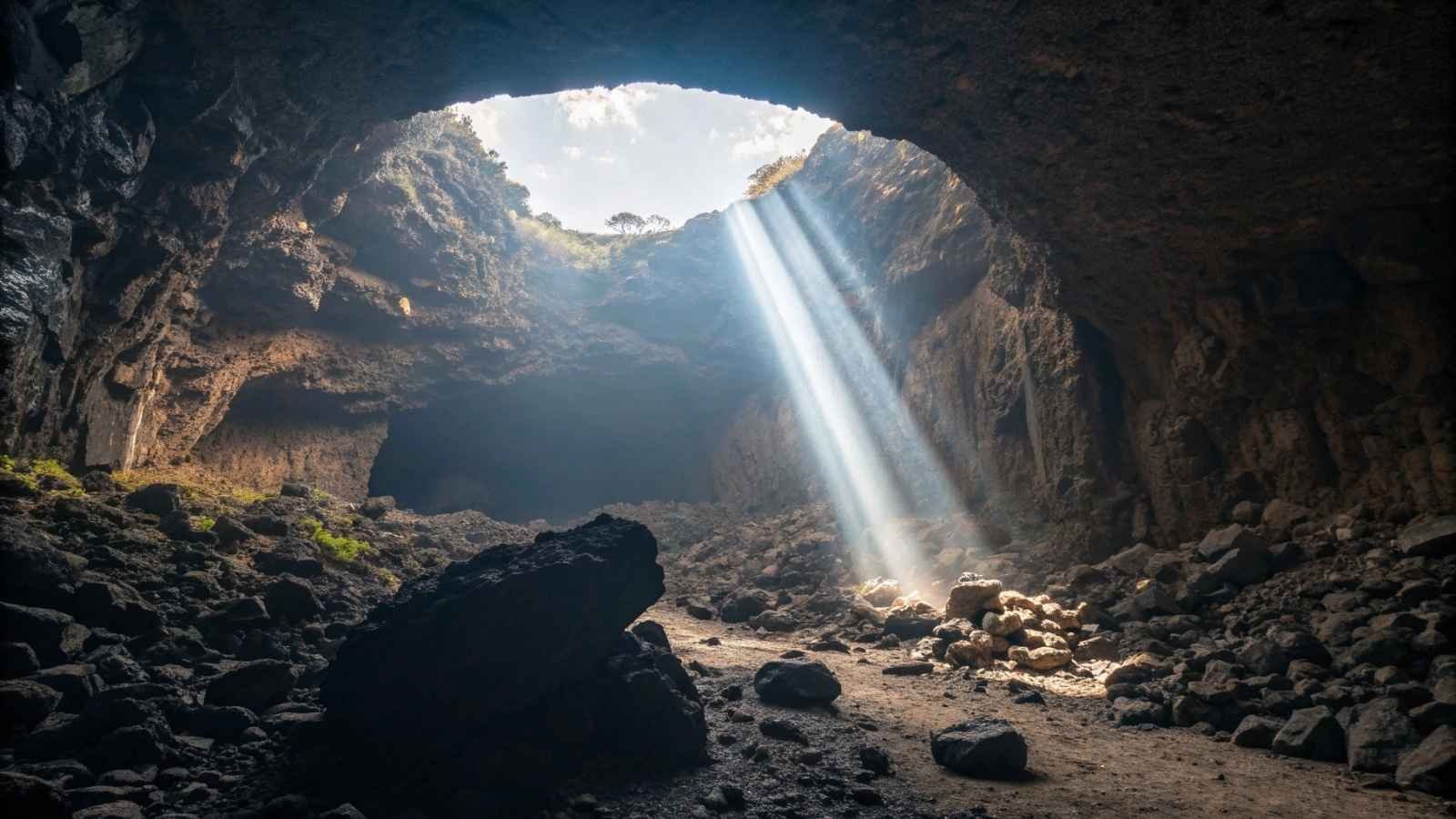
Tucked within the Mojave Desert lies a set of lava tube caves that feel worlds away from the hot, wide-open landscape above. Formed by ancient volcanic activity, these caves are filled with surreal light beams when the sun hits at the right angle. Step inside, and shafts of golden light slice through the darkness, illuminating the rugged black walls.
The journey to get here is part of the adventure. After driving dusty desert roads, you’ll climb down a ladder into the earth, leaving the dry Mojave heat behind. Once inside, the cool stillness wraps around you, broken only by the sound of your own footsteps echoing off the cave walls.
This is one of those experiences where timing is everything. The light beams are strongest midday, when the sun is directly overhead. Stay for a while, and you’ll see the shifting sun reshape the cave, as if it’s alive. It’s stark, otherworldly, and unforgettable.
- Best Months to Visit: October–April (milder desert temperatures)
- Nearest Town: Kelso (very remote—plan ahead)
- Activities: Cave exploration, desert hikes, stargazing nearby
- Good to Know: Access requires a short hike over uneven terrain
- Travel Tip: Bring a flashlight or headlamp—parts of the cave are pitch dark
9. Alabama Hills, Lone Pine
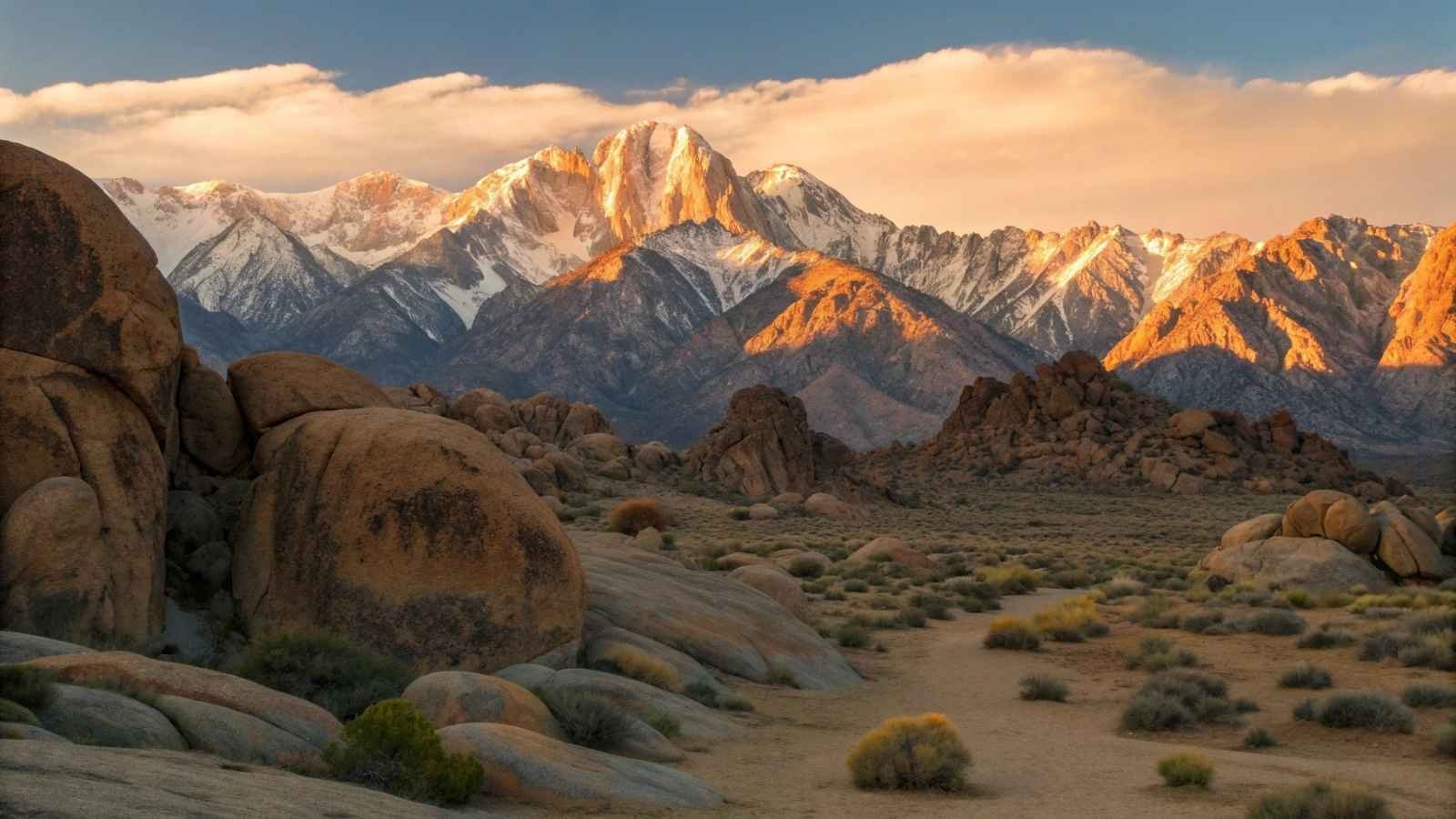
At the base of the Sierra Nevada, the Alabama Hills offer one of California’s most cinematic landscapes. Rounded desert boulders are scattered across the land, with the jagged peaks of Mount Whitney rising dramatically in the background. It’s no wonder Hollywood has used this spot as a backdrop for countless films, from old Westerns to modern blockbusters.
Walking through the hills, you’ll find natural arches, winding dirt roads, and endless places to scramble and explore. The contrast between the soft, rounded rocks and the towering snow-capped Sierra creates a jaw-dropping scene at sunrise or sunset, when everything glows with warm light.
What makes it feel secret is how open and free it is. You can camp here under the stars, wander at your own pace, and feel the quiet solitude of the desert. It’s less crowded than nearby Yosemite or Sequoia, but with just as much raw beauty—just in a completely different style.
- Best Months to Visit: March–May and September–November
- Nearest Town: Lone Pine
- Activities: Hiking, camping, photography, rock climbing
- Good to Know: Dispersed camping is allowed, but must follow Leave No Trace rules
- Travel Tip: Don’t miss the Mobius Arch Loop Trail for perfect views of Mount Whitney
10. Channel Islands National Park
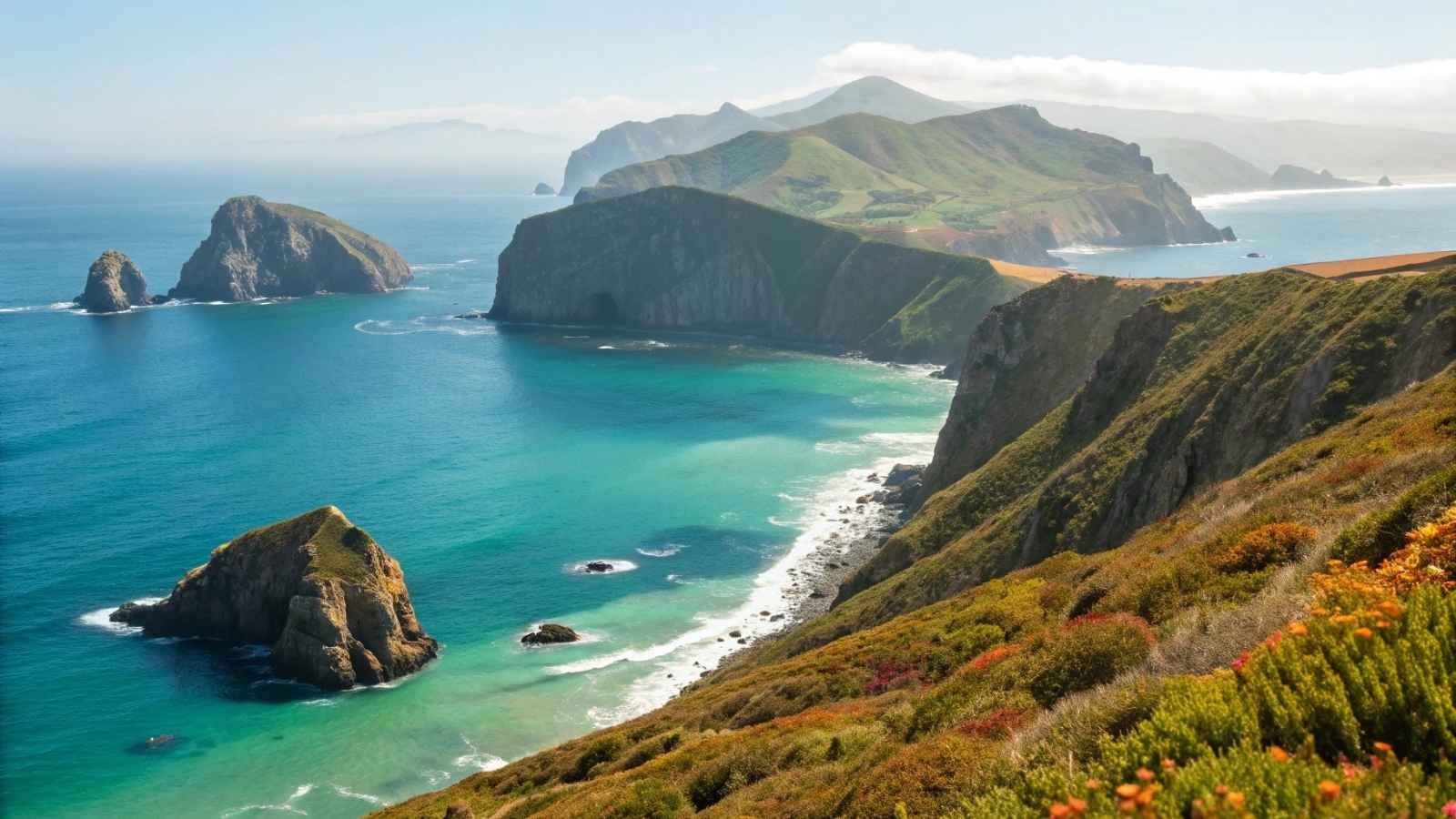
Often called the “Galápagos of North America,” Channel Islands National Park is one of California’s most overlooked treasures. Just a short boat ride from the mainland, these islands feel untouched—rugged cliffs, hidden coves, and waters filled with dolphins and seals. With no cars, few services, and limited visitors, the islands feel like stepping into an earlier version of California.
Each island has its own personality. Santa Cruz is known for sea caves and kayaking, Anacapa has dramatic cliffs and wildflower blooms, and Santa Rosa offers wide-open backcountry. Whether you’re hiking, snorkeling, or just watching the endless ocean horizon, the sense of remoteness is part of the charm.
Because it takes effort to get there, the crowds are refreshingly thin. Spend a day or camp overnight, and you’ll feel like you’ve found a pocket of wilderness where nature calls the shots. It’s a rare chance to see California not just as a place of highways and cities, but as it truly is—wild, raw, and resilient.
- Best Months to Visit: Spring and summer for wildflowers and calmer seas
- Nearest Departure Points: Ventura and Oxnard harbors
- Activities: Kayaking, snorkeling, hiking, camping, wildlife viewing
- Good to Know: No stores or services—bring all food and water with you
- Travel Tip: Book boat trips early; spots sell out during peak season
11. Mount Shasta Lavender Fields
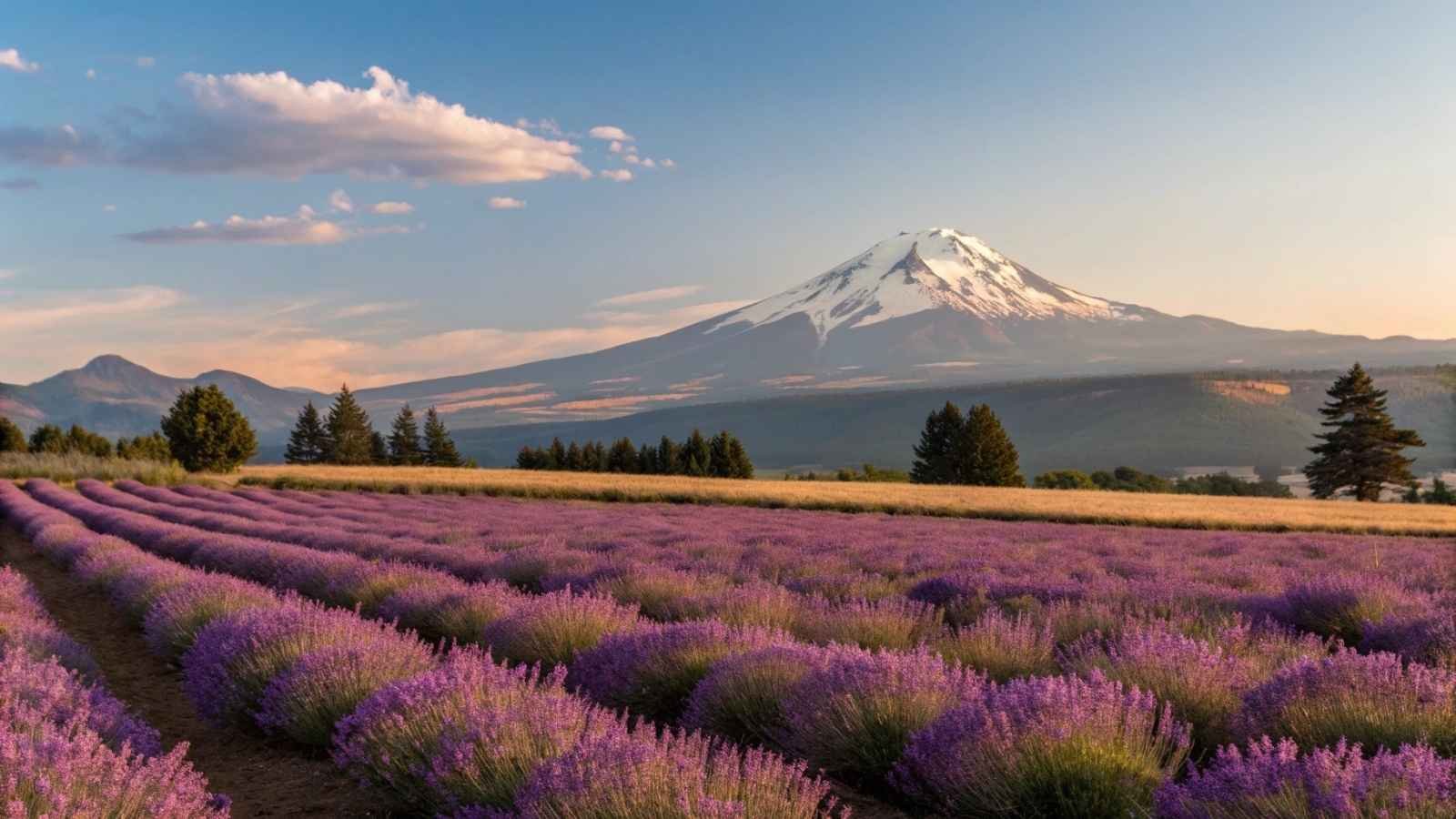
Tucked beneath the snow-capped peak of Mount Shasta, a handful of lavender farms transform the landscape into waves of purple each summer. The mountain backdrop makes it one of the most photogenic spots in Northern California, and when the fields are in bloom, the air is filled with the calming scent of lavender. It feels less like a tourist attraction and more like stumbling into a secret garden.
What makes this experience special is how immersive it is. Some farms allow you to walk right through the rows, snip your own bundles, or even sample lavender-infused treats like ice cream and honey. It’s a slower, more peaceful kind of beauty compared to the state’s big, bustling attractions.
Come at sunset, and the fading light bathes both the lavender and Mount Shasta in golden hues. It’s the kind of moment that makes you stop talking altogether, just soaking up the stillness and scent. Few places in California offer this mix of serenity and grandeur.
- Best Months to Visit: Late June–early August (peak bloom)
- Nearest Town: Mount Shasta
- Activities: Lavender picking, photography, seasonal festivals
- Good to Know: Some farms charge small entry fees during bloom season
- Travel Tip: Visit at sunset for fewer crowds and dreamy light
12. Gold Bluffs Beach & Fern Canyon, Redwood National Park
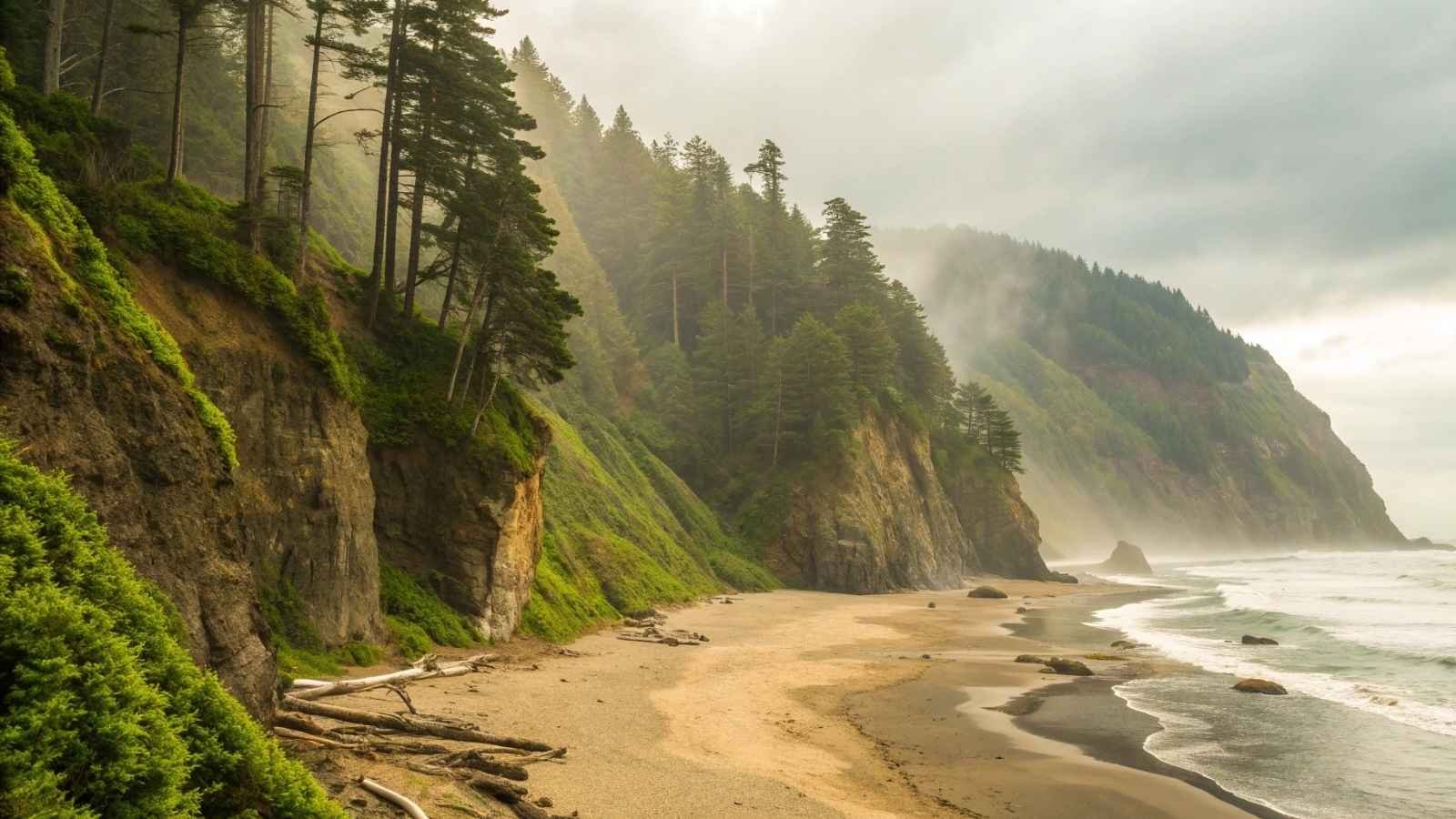
Hidden deep in the Redwood National Park, Gold Bluffs Beach and Fern Canyon offer a wild, almost cinematic landscape. The beach is windswept and remote, with crashing waves and golden sand stretching endlessly. But the real hidden gem lies just inland—Fern Canyon, a narrow gorge where 30-foot walls are draped in a living curtain of ferns and moss.
Walking through the canyon feels like entering another world. Water trickles down the walls, and the greenery is so lush that it almost swallows the light. It’s no wonder this spot has been used as a filming location for movies like Jurassic Park. Every turn feels dramatic, yet deeply calming.
The combination of raw coastline and lush canyon makes this one of California’s most unique destinations. Few places let you step from ocean waves straight into a prehistoric-looking canyon in minutes. It’s a reminder of just how varied and surprising the state’s landscapes can be.
- Best Months to Visit: June–September (drier trails, warmer beach weather)
- Nearest Town: Orick
- Activities: Hiking, beach walks, camping nearby
- Good to Know: A permit may be required for summer parking—check ahead
- Travel Tip: Waterproof shoes are handy; small streams often cross the canyon trail
13. Salton Sea Mud Volcanoes
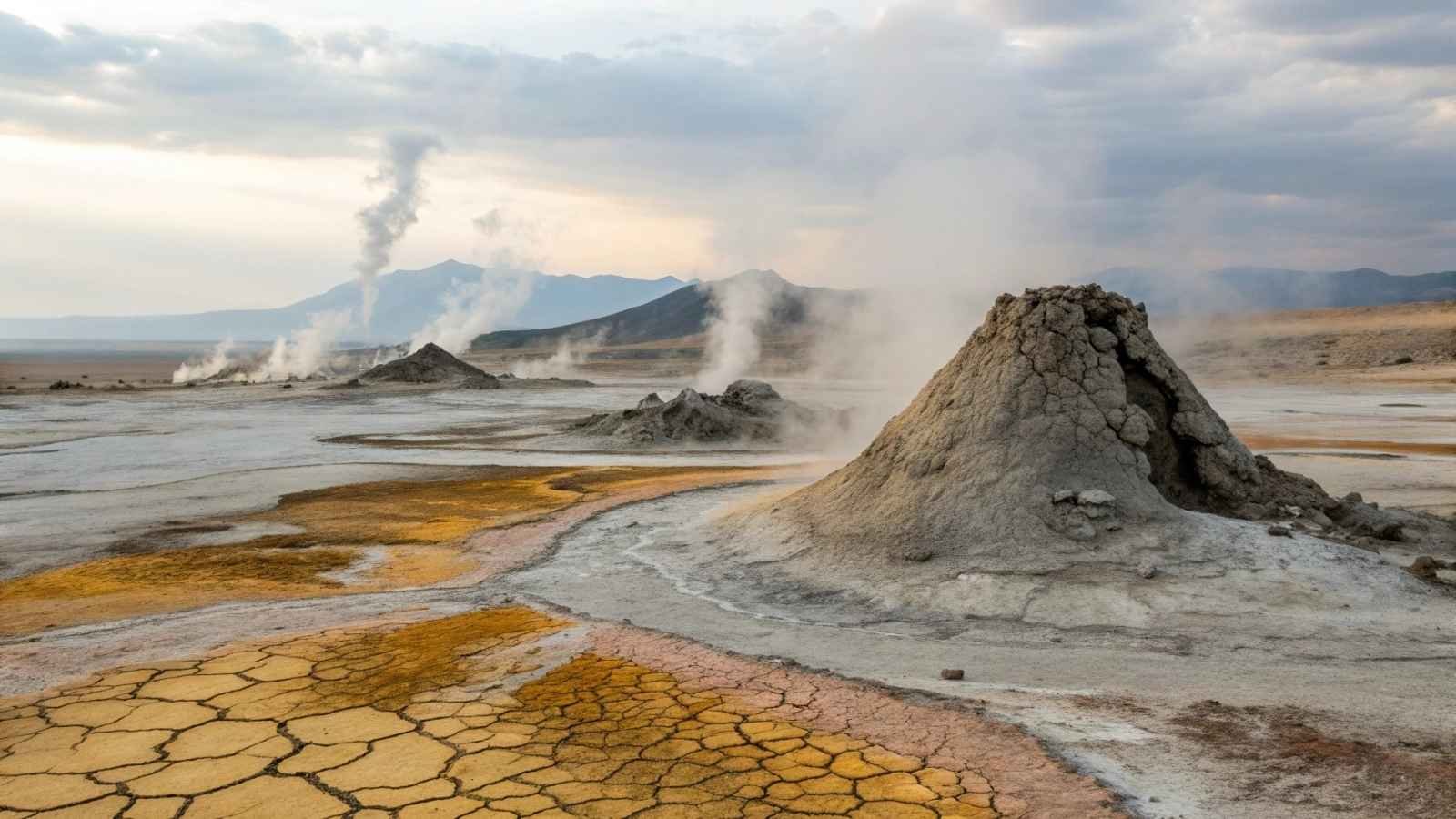
Out in California’s desert, near the Salton Sea, lies one of the state’s strangest secrets: bubbling mud volcanoes. These geothermal oddities constantly gurgle, spit, and burp, sending little spurts of mud into the air. It’s a bizarre, almost lunar landscape, where the ground itself seems alive.
The sounds are just as strange as the sights—the low glug-glug of boiling mud mixed with occasional hissing steam. It’s not the kind of beauty you’d call pretty, but it’s fascinating in a raw, elemental way. Standing there, you’re reminded of the fiery forces working beneath California’s crust.
Because it’s so remote, few people ever make the trip, which makes it feel even more surreal. This is not a manicured park or crowded attraction; it’s the earth doing its thing, messy and unfiltered. That sense of rawness is exactly what makes it unforgettable.
- Best Months to Visit: October–March (cooler desert weather)
- Nearest Town: Niland
- Activities: Geothermal sightseeing, desert photography
- Good to Know: The area can smell strongly of sulfur—expect it
- Travel Tip: Wear sturdy shoes; the ground around vents can be soft and unstable
14. Sunken City, San Pedro
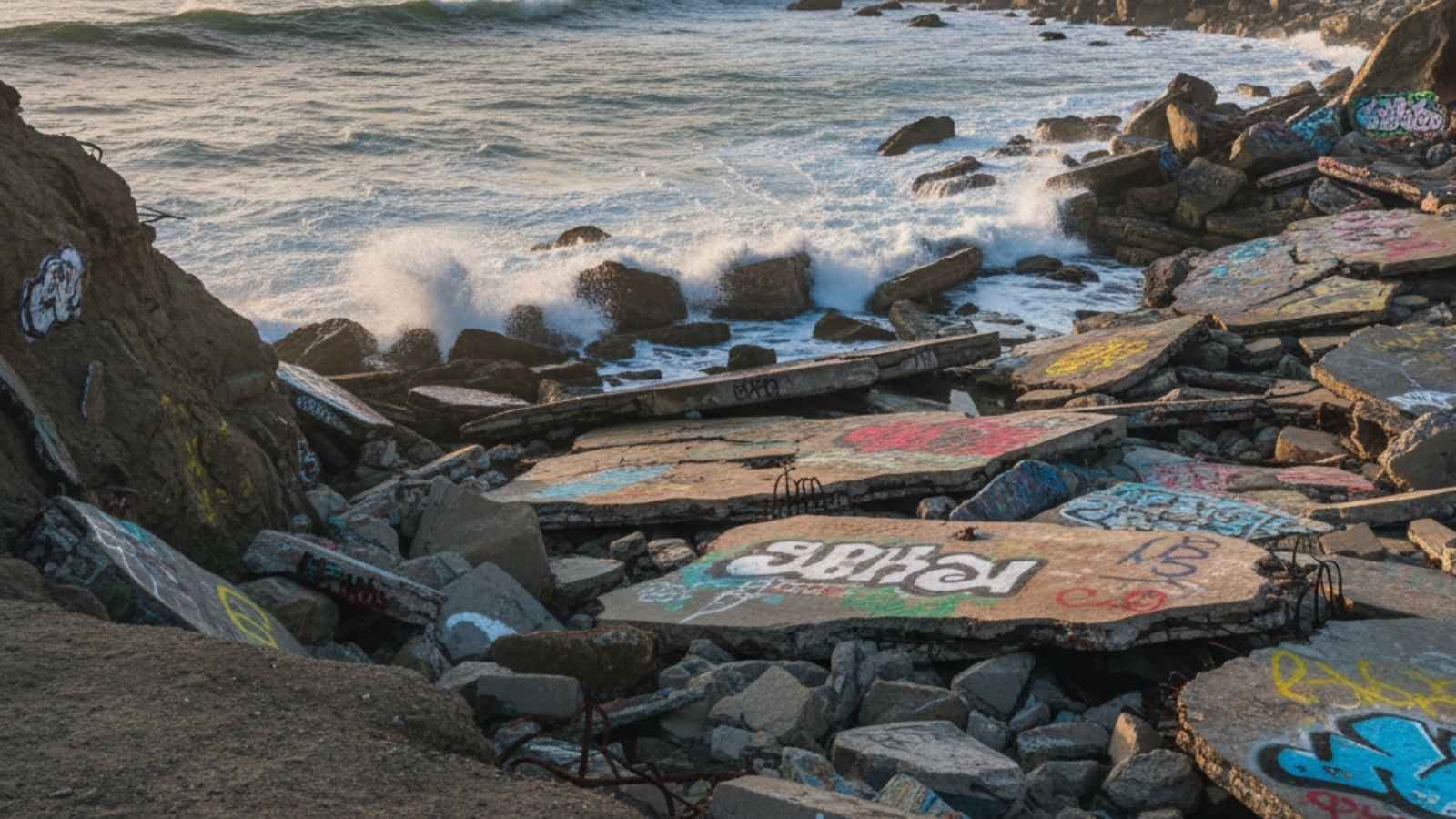
On the southern edge of Los Angeles sits one of the city’s strangest secrets—the Sunken City. In the 1920s, a landslide sent a section of San Pedro’s coastline sliding into the sea. What remains are broken streets, crumbled foundations, and staircases that now lead nowhere. Over the decades, graffiti artists and nature have reclaimed the ruins, creating an eerie but strangely beautiful landscape.
Walking through, you’ll see colorful murals splashed across old concrete slabs, wildflowers sprouting between cracks, and sea cliffs dropping away into endless blue water. It’s equal parts ghost town, art gallery, and coastal lookout. Unlike polished tourist attractions, Sunken City wears its decay proudly, and that’s the charm.
Though technically off-limits (there are fences and signs), many people still slip in to explore. The mix of urban decay and ocean views makes it unlike any other spot in California. It’s gritty, moody, and perfect for those who appreciate beauty with a rough edge.
- Best Months to Visit: Year-round, though sunsets are especially dramatic
- Nearest Town: San Pedro, Los Angeles
- Activities: Urban exploration, photography, cliffside walks
- Good to Know: The site is technically closed to the public—visitors enter at their own risk
- Travel Tip: Even from the legal vantage points outside the fence, the views of the coast are worth the stop






